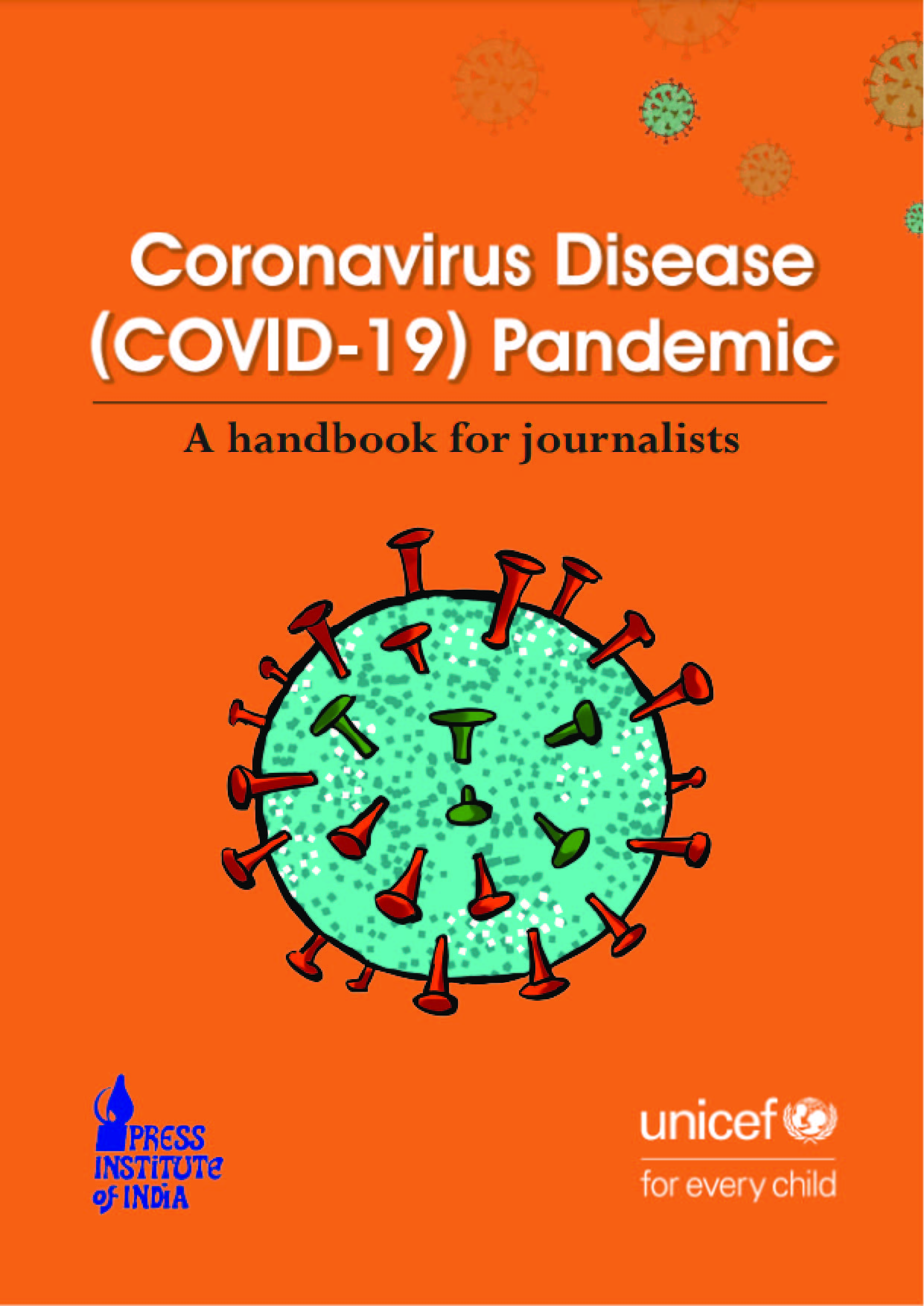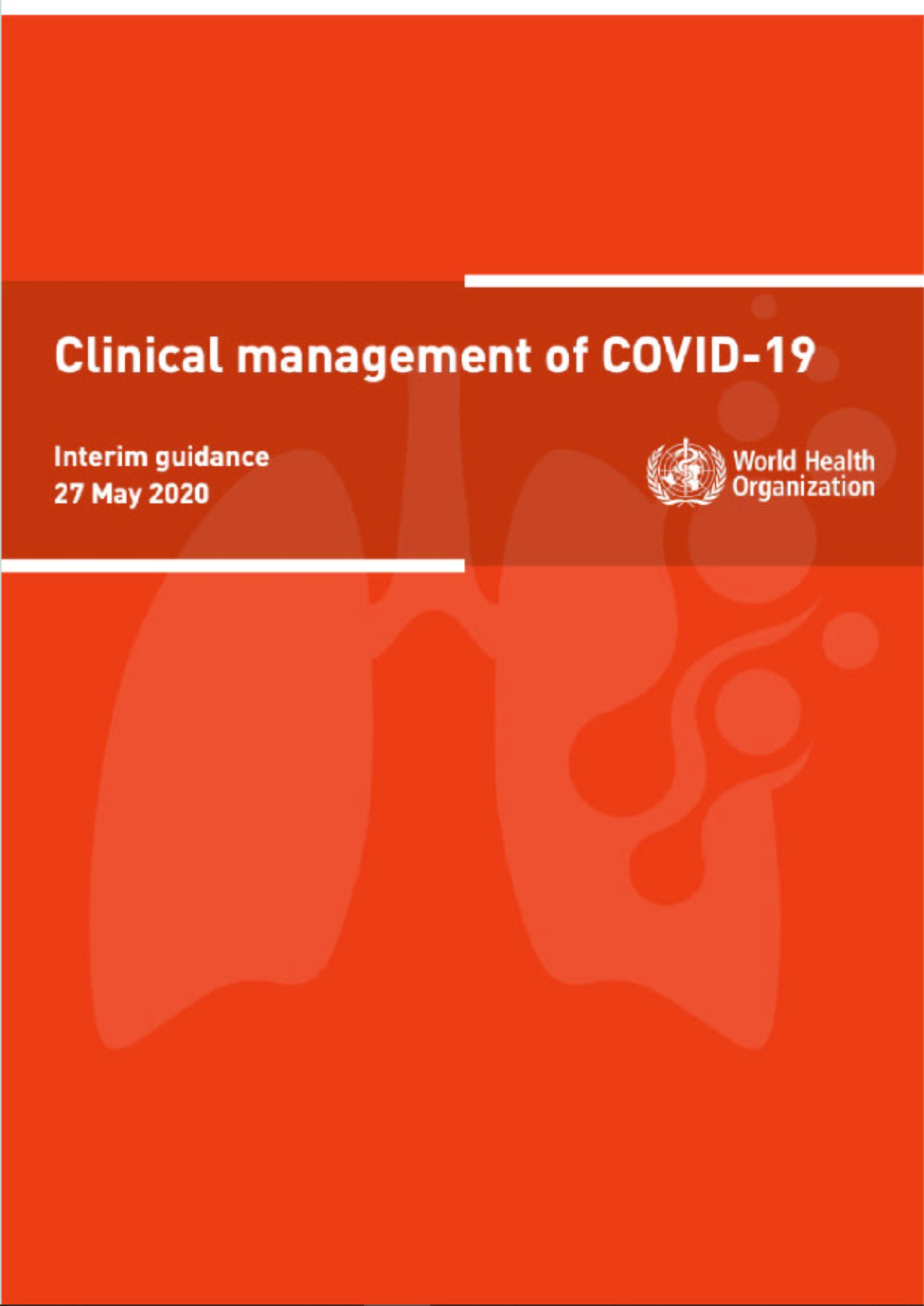Ellie Lobel was ready to die. Then she was attacked by bees. Christie Wilcox hears how venom can be a saviour.
“I moved to California to die.”
Ellie Lobel was 27 when she was bitten by a tick and contracted Lyme disease. And she was not yet 45 when she decided to give up fighting for survival.
Caused by corkscrew-shaped bacteria called Borrelia burgdorferi, which enter the body through the bite of a tick, Lyme disease is diagnosed in around 300,000 people every year in the United States. It kills almost none of these people, and is by and large curable – if caught in time. If doctors correctly identify the cause of the illness early on, antibiotics can wipe out the bacteria quickly before they spread through the heart, joints and nervous system.
But back in the spring of 1996, Ellie didn’t know to look for the characteristic bull’s-eye rash when she was bitten – she thought it was just a weird spider bite. Then came three months with flu-like symptoms and horrible pains that moved around the body. Ellie was a fit, active woman with three kids, but her body did not know how to handle this new invader. She was incapacitated. “It was all I could do to get my head up off the pillow,” Ellie remembers.
Her first doctor told her it was just a virus, and it would run its course. So did the next. As time wore on, Ellie went to doctor after doctor, each giving her a different diagnosis. Multiple sclerosis. Lupus. Rheumatoid arthritis. Fibromyalgia. None of them realised she was infected with Borrelia until more than a year after she contracted the disease – and by then, it was far too late. Lyme bacteria are exceptionally good at adapting, with some evidence that they may be capable of dodging both the immune system and the arsenal of antibiotics currently available. Borrelia are able to live all over the body, including the brain, leading to neurological symptoms. And even with antibiotic treatment, 10–20 per cent of patients don’t get better right away. There are testimonies of symptoms persisting – sometimes even resurfacing decades after the initial infection – though the exact cause of such post-treatment Lyme disease syndrome is a topic of debate among Lyme scientists.
Reference:
- The original study from 1997 that showed the effects of melittin on Borrelia [PDF 304KB].
- A 2003 paper on the therapeutic potential of venom peptides [PDF 865KB].
- The US Centers for Disease Control and Prevention’s information on lyme disease.
- Beth Israel Deaconess Medical Center’s information on bee venom therapy.
- Glenn King’s book on the science of turning venoms into therapeutics.











